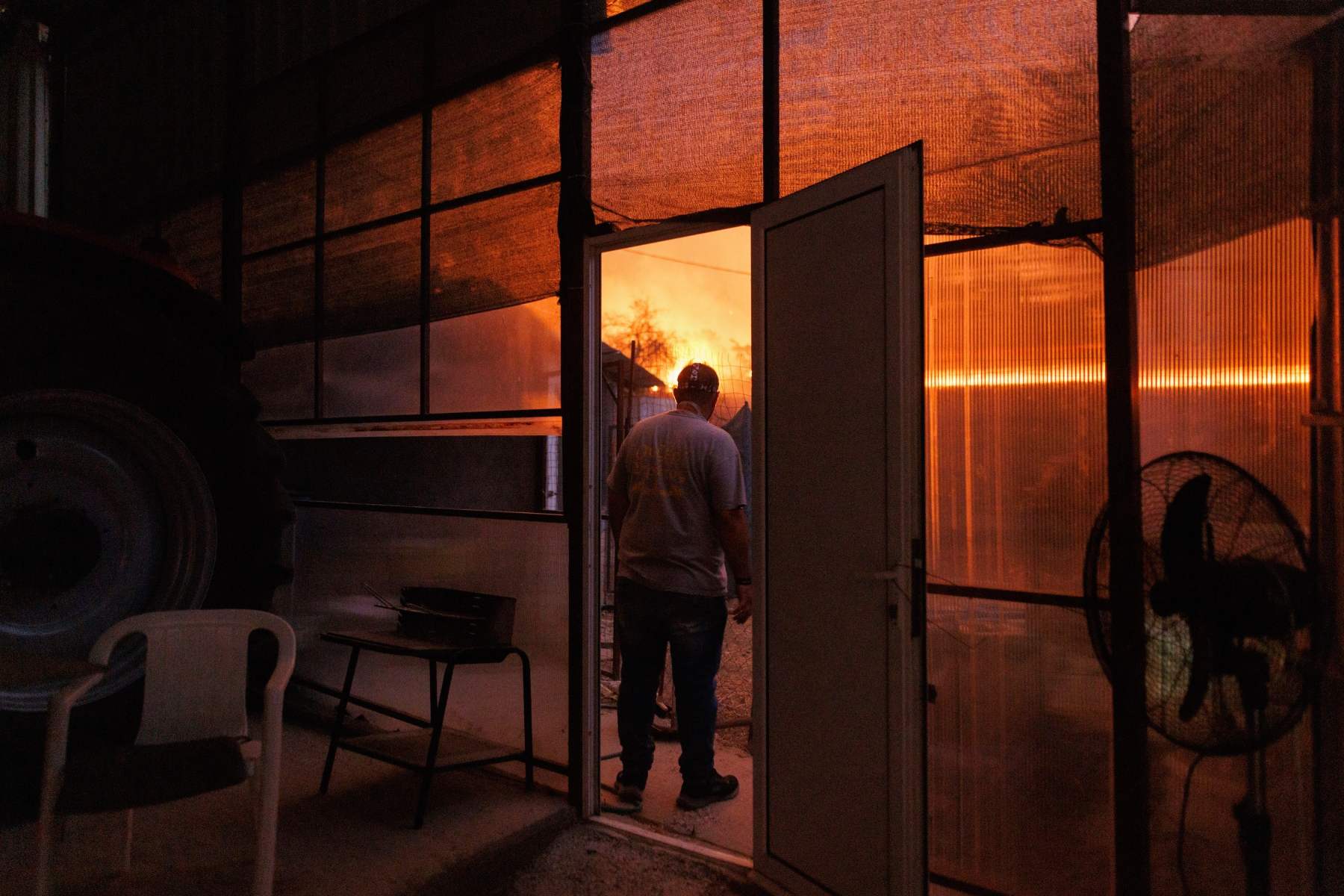Seeing birds drop into your garden to peck happily away at the feed you've left out for them is one of life's special moments. While you might feel cautious about feeding some animals, feeding birds helps them survive. What's more, giving them a box in which to nest gives them a place to safely raise their chicks and keeps them coming back to your garden year after year.
You could even elevate these little moments of magic further by fitting a nest box camera before the breeding season starts and follow the little chicks' journey from newborn to fleeing the nest (literally). There are lots of different options in terms of what to feed birds and we'll get to that in a moment. During the spring and summer months, especially, they require foods with a higher protein content, especially when they're moulting.

But you need to be careful with peanuts which, while a source of protein, can also be a choking hazard to chicks unless provided safely in a wire mesh hanging feeder. But there is one thing that should make you stop feeding "altogether", the experts at the RSPB warn. They say: "If you see a sick bird on your feeders, stop feeding altogether, thoroughly clean your feeders and store away from the garden (eg in the garage or shed).
Only resume feeding after 2-4 weeks, but stop and repeat the process if you see any more sick birds." It's very important to be hygienic in the way you set up and maintain your bird feeder, for your sake as well as that of the birds. Although the risk is very small, bird diseases can infect people.
"The risk is small, but precautions are worth taking. Wear gloves and thoroughly wash your hands after cleaning bird baths and feeders. Clean feeders outside with separate utensils," says the RSPB, adding: "Brush off debris every time you put out fresh food and scrub feeders with mild disinfectant solution weekly.
Move the feeders from time to time to stop droppings building up underneath. Water containers should be rinsed out daily, especially during the warmer months, and allowed to dry out before fresh water is added." Although you don't need to be too strict about where you put your bird feeder, the RSPB does advise that you think about the following: Peace and quiet: it should be somewhere the birds won't be disturbed.
Safe: not too close to bushes or thick trees where predators like cats could lie in wait under cover. Sheltered: try to keep it away from where it would be hit by strong wind. You can feed birds a wide range of foods but remember that what might be OK for one type of bird might not be suitable for another.
For example, birds like robins, blackbirds and thrushes can't eat seeds with the husks on, advise Home and Roost, and for other birds "removing husks uses up valuable energy". What's more, those husks will end up on the floor, where they may attract rats. In terms of what to feed, Home and Roost says: "A good quality seed mix should be the very first bird food you get when you start feeding birds.
This will be attractive to a wide range of birds and will be appreciated all year round." You can get husk-free mixes, making it more suitable for some of the most common garden visitors. Suet balls are good high energy options, especially in winter, though it's advised to buy in pellet form, as part of a seed mix or held in specialist feeders.
Suet balls left on a bird table could simply roll off on to the floor. Two other straightforward options are mealworms and leftovers such as dried fruit, or fruit like apples and pears, as long as the food has not started to go mouldy. If this has inspired you to try and attract some more birds into your garden with a next box and feeder, good luck! We hope it brings you lots of joy!.
Environment

Everyone with birds in garden urged to stop feeding immediately if they notice one thing

Feeding birds can help them survive but there is one important thing that, if you spot it, means you should stop immediately.















